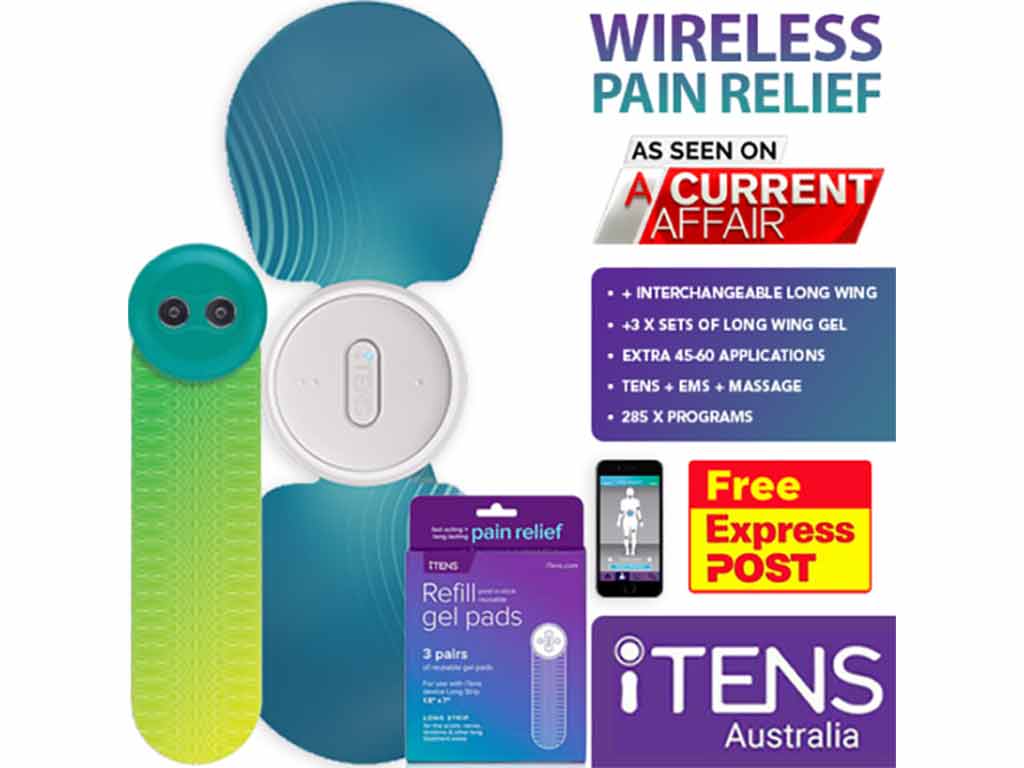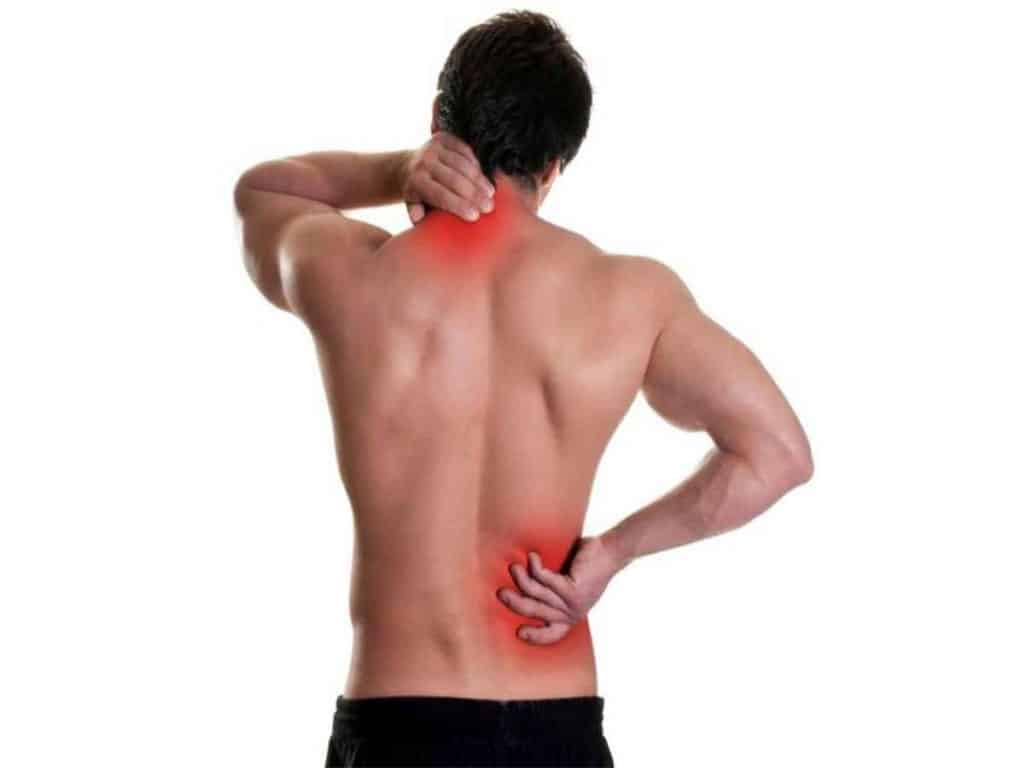
TENS stimulation (Transcutaneous Electrical Nerve Stimulation) is a method of pain relief that uses a device to deliver electrical currents to the body. Accordingly, this electrical stimulation works in various mechanisms. Foremost, it can interrupt the transmission of pain messages to the brain. Additionally, the electrical impulses can stimulate the release of endorphins and improve blood circulation. Furthermore, TENS therapy provides benefits. It is versatile, natural, customisable, cost-effective, and gives targeted relief.
Painful conditions are something that many people unfortunately have to endure daily. It can significantly impact daily activities and the overall quality of life. Hence, many individuals are looking for different treatments for pain. Traditionally, people use medications. However, they may not have unwanted side effects. Fortunately, TENS therapy is a safe and effective treatment. This article will present TENS, its mechanisms of action, and the treatable types of pain.
Benefits of TENS Stimulation
TENS stimulation offers a plethora of benefits. Firstly, TENS therapy is a natural pain relief solution. It utilises the pain-relieving mechanisms of the body. Therefore, it eliminates the need for invasive procedures or intake of medications. Secondly, TENS treatment is versatile and can provide targeted relief. It can address different types of pain and can extend localised relief.
Thirdly, TENS is customisable. This enables users to adjust the pulse rate, intensity levels, and pulse duration. Nevertheless, this ensures that individuals can personalise their treatment. Fourthly, TENS therapy is cost-effective. It is a budget-friendly solution. It eliminates ongoing medication expenses, recurring visits to pain clinics or healthcare providers, or invasive procedures.
Furthermore, the TENS devices are portable. The compact and lightweight nature of the units allows individuals to undergo TENS therapy at home or on the go. Also, TENS can serve as an adjunct treatment. It can easily complement other methods of pain relief or active treatments. Finally, TENS treatment is known for its minimal side effects. This makes it a well-tolerated and low-risk pain management option for many people.
Potential Side Effects
- Skin irritation: This may manifest as redness, itching, or mild discomfort. However, proper electrode placement, skin care, and avoiding broken skin can minimise the risk of skin irritation.
- Muscle twitching: Individuals may experience muscle twitching or discomfort during TENS therapy. This sensation is usually transient and not cause for concern. Adjusting the settings can often alleviate this discomfort while still providing adequate relief.
- Allergic reaction: Some individuals can have allergic reactions to the adhesive used in the electrode pads. This could result in skin redness, rash, or irritation. Selecting hypoallergenic electrode patches and ensuring proper skin preparation can reduce the risk of an allergic response.

Mechanisms of Action Behind TENS Stimulation
TENS stimulation operates through several distinct mechanisms. Foremost, TENS therapy prompts the release of endorphins. These are the natural pain-relieving and mood-enhancing substances of the body. Endorphins act as neurotransmitters and can bind to specific receptors in the brain and spinal cord. Thus, it can promote feelings of well-being and reduce pain intensity scores.
The Pain Gate Theory is another mechanism through which TENS exerts its analgesic effects. According to this theory, the spinal cord contains a “gate” that can open or close to regulate the transmission of pain signals. When TENS delivers electrical pulses, it can activate sensory nerves. This can effectively close the “gate” and inhibit the transmission of pain messages to the brain. Hence, it reduces the sensation of ailment.
In addition, the electric currents from TENS contribute to the enhancement of blood circulation in the treatment area. It can cause vasodilation, resulting in the widening of blood vessels. Improved blood flow helps deliver essential nutrients and oxygen to damaged tissues. Also, it can accelerate the removal of metabolic waste products. As a result, it promotes tissue healing and reduces inflammation.
Frequencies and Intensities
TENS units offer a range of frequencies and intensities. Frequency, measured in Hertz (Hz), refers to the rate of electrical currents. Low-frequency TEN, typically in the range of 1-10 Hz, are associated with the activation of sensory nerves. It is beneficial for managing chronic pain. Meanwhile, high-frequency TENS, ranging from 50-120 Hz, are thought to stimulate motor nerves. It is valuable for acute pain.
Intensity, measured in Milliamperes (mA), indicates the strength of the electrical impulses. The appropriate intensity level varies for each individual. Nevertheless, it is essential to start with low intensity and gradually increase it to a comfortable intensity.

Types of Pain Conditions Treated with TENS Stimulation
TENS stimulation is a versatile therapy that can be used to address a variety of pain conditions. Foremost, TENS therapy can manage acute pain. This typically arises from postoperative pain, labour pain, primary dysmenorrhea, and injuries. Secondly, TENS treatment can address chronic pain conditions. This may include conditions like arthritis, fibromyalgia, neck, shoulder, and backaches.
Thirdly, TENS is beneficial for treating neuropathic pain. It occurs due to the damage or dysfunction of the nervous system. This may include medical conditions like phantom limb pain, sciatica, and diabetic neuropathy. Fourthly, TENS is valuable in aiding musculoskeletal pain. This condition affects the bones, muscles, and joints. It may include osteoarthritis and rheumatoid arthritis.
Moreover, electric nerve stimulation can alleviate muscle discomfort. It can be due to overexertion, muscle tension, muscle spasms, or muscle strain. By targeting motor nerve fibres and inducing muscle contractions, TENS can provide relief of pain and promote muscle recovery. Overall, TENS can be tailored to address various types of conditions. The versatile nature of TENS makes it a valuable tool.
When to See a Doctor?
Individuals experiencing unexplained discomfort should seek medical evaluation before starting TENS therapy. This ensures that TENS treatment is suitable for the type of condition. Accordingly, individuals who experience adverse effects from TENS therapy should seek medical attention.
In addition, if individuals experience persistently severe or worsening discomfort despite consistent use of TENS, it is vital to see a doctor. This may indicate underlying changes in the condition or an underlying condition that needs further evaluation. Moreover, sudden changes in sensations, muscle functions, or nerve responses during TENS treatment should prompt individuals to consult a professional.
Conclusion
Overall, TENS stimulation provides clinical evidence of its effectiveness as a pain relief therapy. It uses a device that delivers electrical currents to the body via electrode patches placed on the skin. Accordingly, there are mechanisms of action behind TENS. This includes the Pain Gate Theory, the release of endorphins, and the enhancement of blood flow. Additionally, the electrical pulses can stream in low and high frequencies. Also, individuals can adjust the intensity of electrical impulses to a comfortable level.
TENS therapy offers various benefits. It is natural, versatile, customisable, budget-friendly, portable, and can complement active treatments. With such mechanisms and benefits, TENS can treat a wide range of conditions. This may include primary dysmenorrhea, fibromyalgia, diabetic neuropathy, rheumatoid arthritis, and muscle tension. However, it is crucial to know the potential side effects of TENS and when to see a doctor. TENS machines are available in the marketplace, including the online retailer iTENS Australia.







